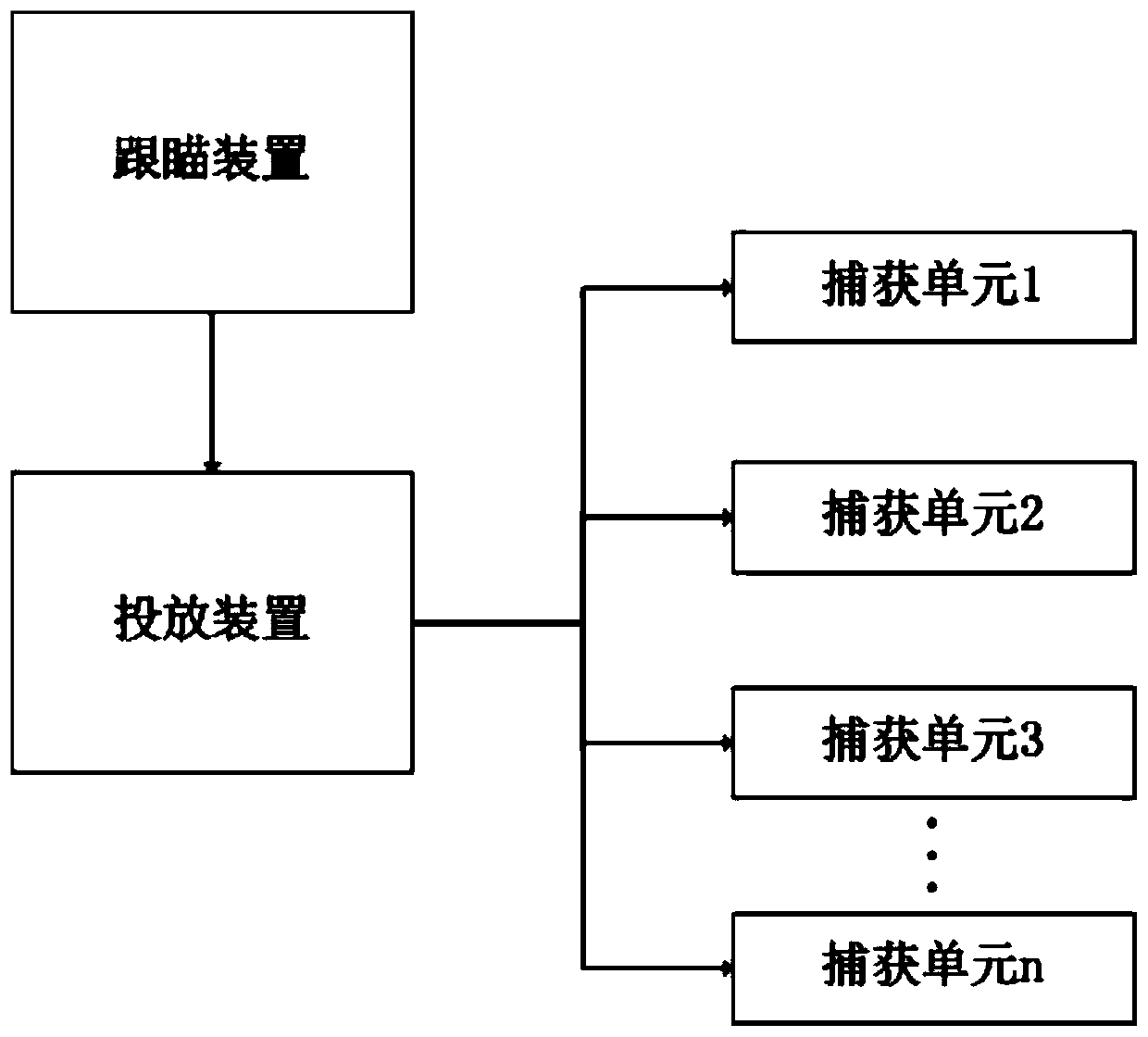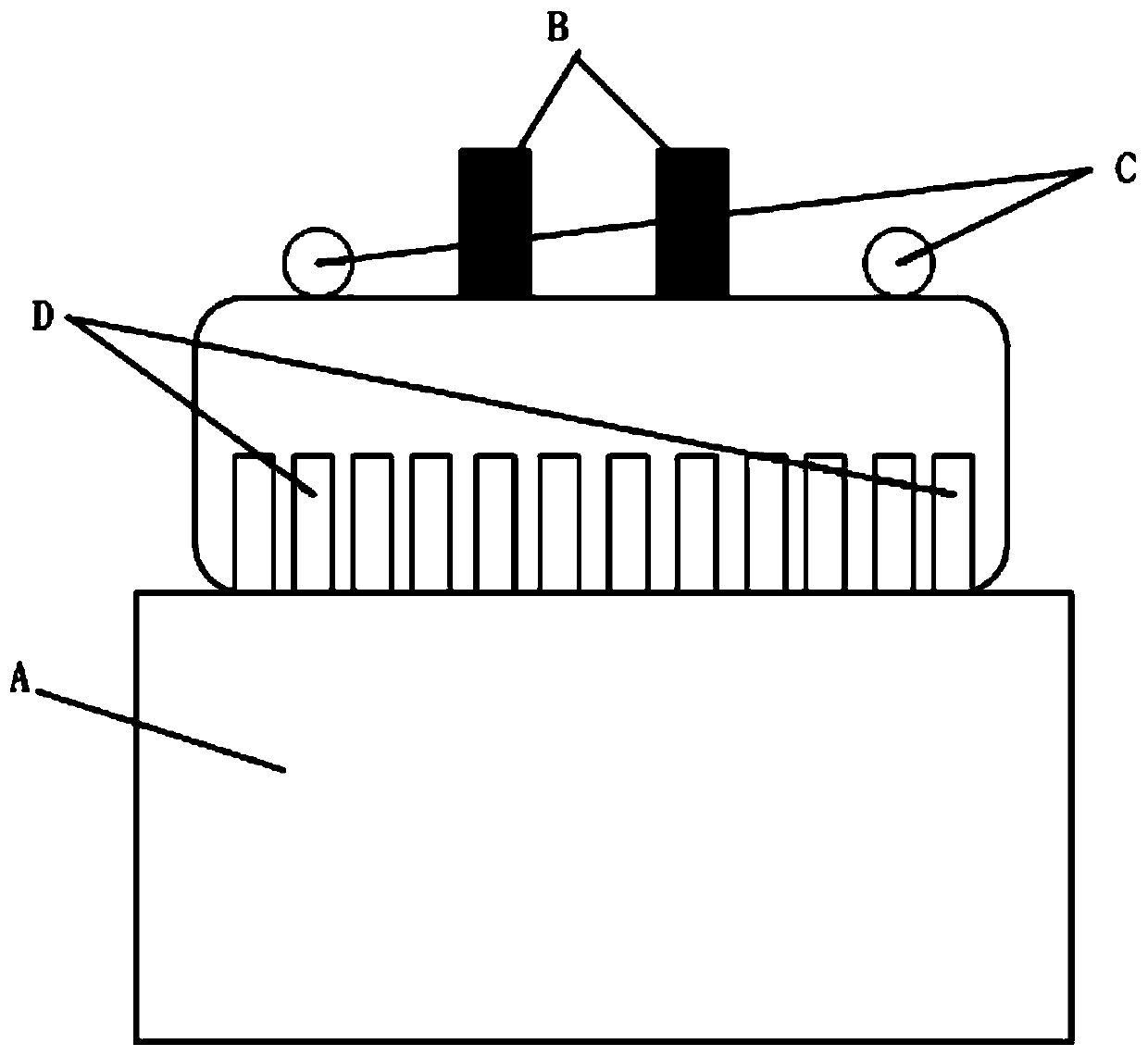Space debris batch clean system based on low-orbit satellite
A technology for low-orbit satellites and space debris, applied to space navigation equipment, space navigation vehicles, space navigation equipment, etc., can solve the problems of high fuel consumption, high cost, and many times of maneuvering, so as to reduce volume and Weight, reusability, low consumption of working medium
- Summary
- Abstract
- Description
- Claims
- Application Information
AI Technical Summary
Problems solved by technology
Method used
Image
Examples
Embodiment Construction
[0044] The technical solutions in the embodiments of the present invention will be described clearly and completely below, obviously, the described embodiments are only some of the embodiments of the present invention, but not all of the embodiments. Based on the embodiments of the present invention, all other embodiments obtained by persons of ordinary skill in the art without creative work fall within the protection scope of the present invention:
[0045] Such as Figure 1 to Figure 3 A low-orbit satellite-based space debris removal system in batches shown includes a low-orbit satellite and a debris removal mechanism. The debris removal mechanism includes a general control system, a delivery device, a tracking device, and multiple capture devices of different types. The debris removal mechanism is installed on the carrying platform of the low-orbit satellite, and the low-orbit satellite loads the debris removal mechanism into orbit, and the capture device includes a net cat...
PUM
 Login to view more
Login to view more Abstract
Description
Claims
Application Information
 Login to view more
Login to view more - R&D Engineer
- R&D Manager
- IP Professional
- Industry Leading Data Capabilities
- Powerful AI technology
- Patent DNA Extraction
Browse by: Latest US Patents, China's latest patents, Technical Efficacy Thesaurus, Application Domain, Technology Topic.
© 2024 PatSnap. All rights reserved.Legal|Privacy policy|Modern Slavery Act Transparency Statement|Sitemap



